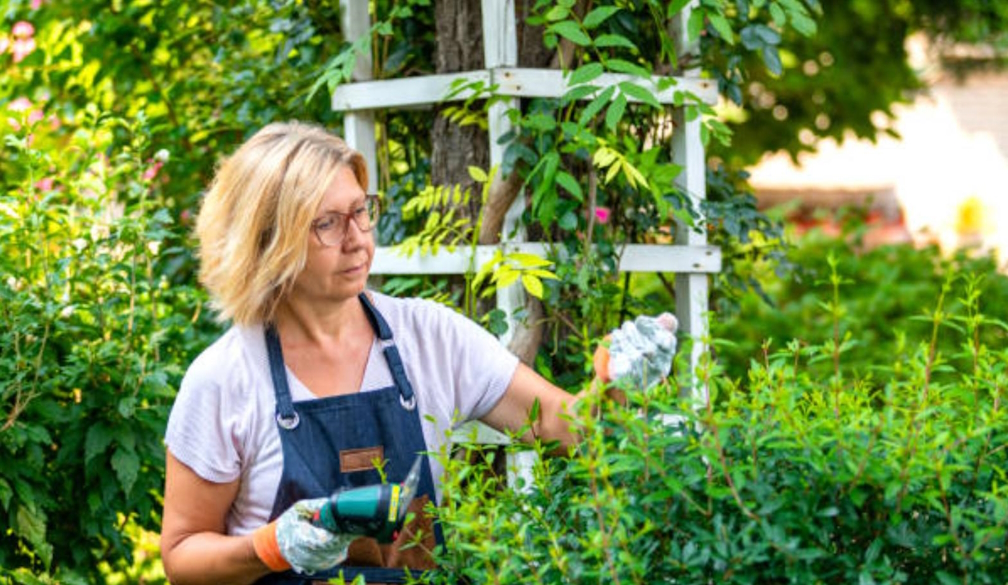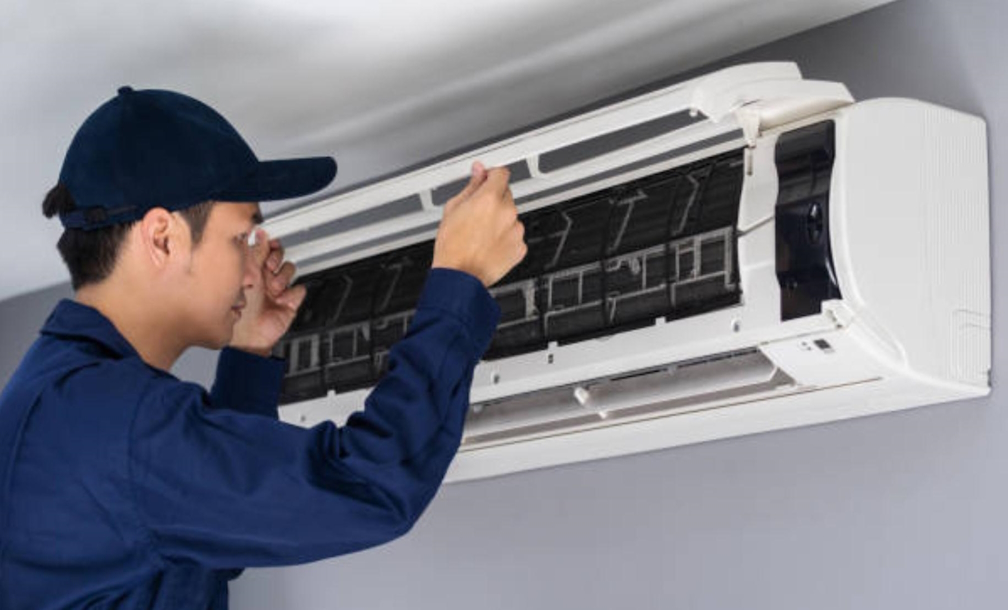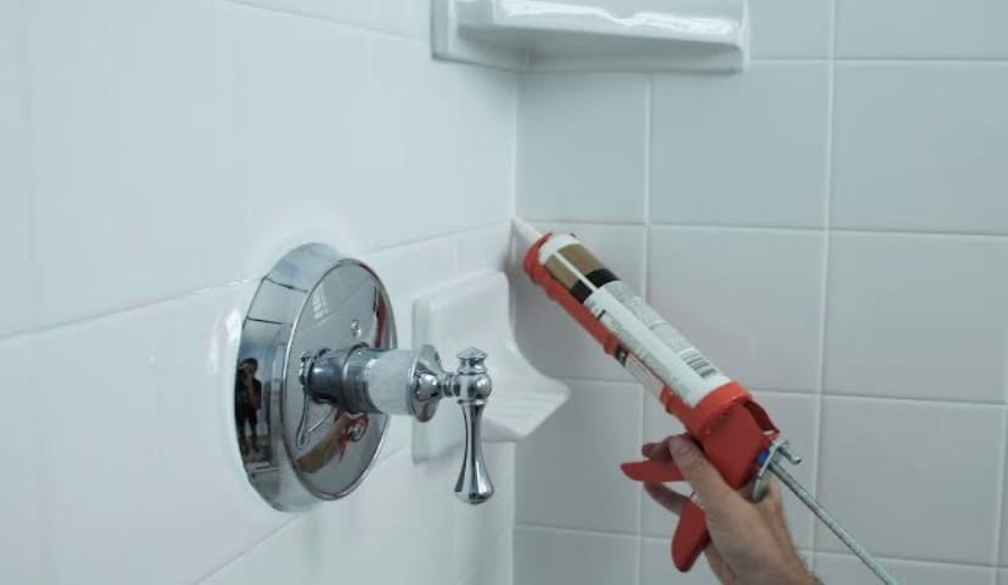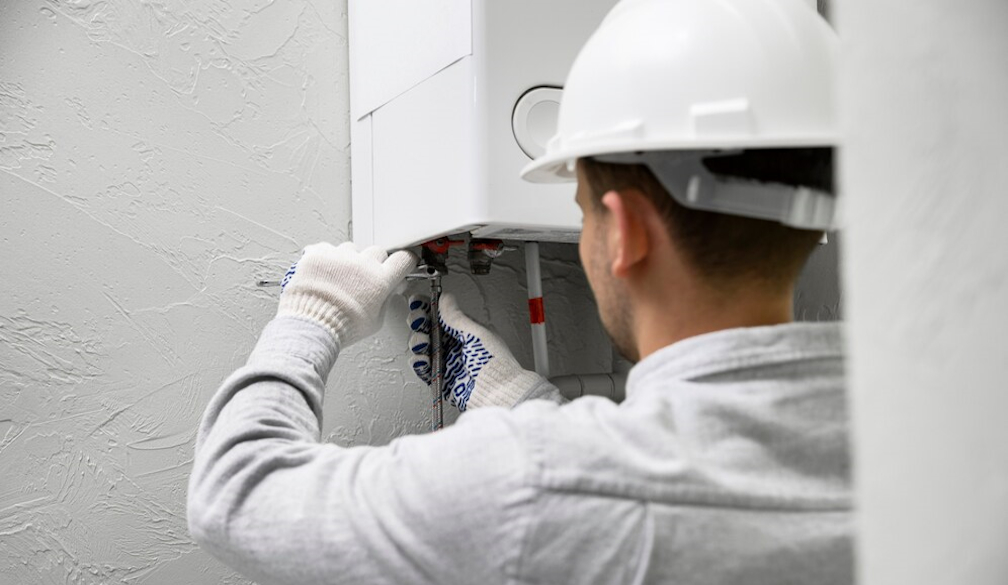Common Plumbing Problems in 1990s Adelaide Homes
- Written by The Express
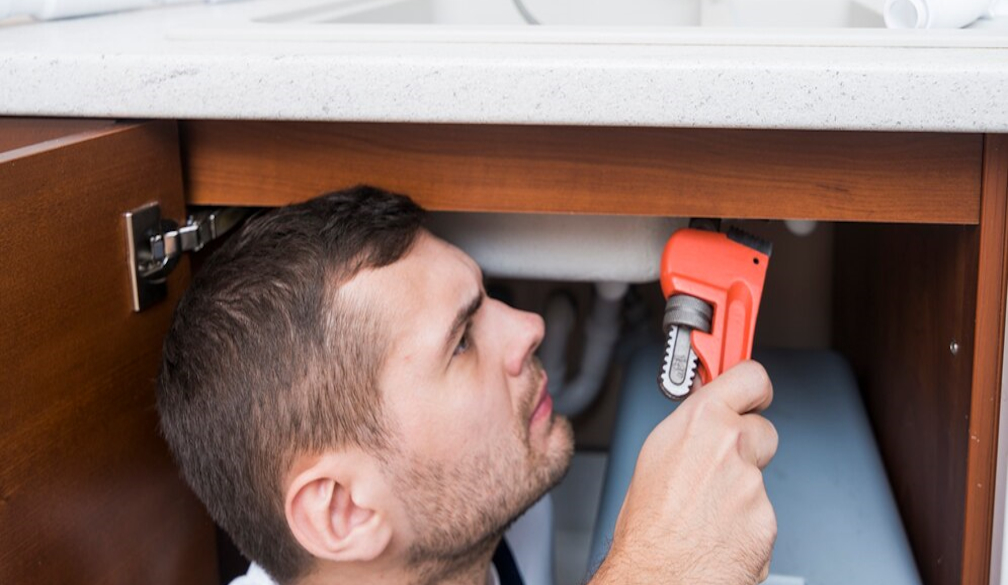
Adelaide, the charming capital city of South Australia, boasts a mix of architectural styles reflecting its rich history and modern developments. Homes built in the 1990s represent a significant portion of Adelaide's residential landscape. While these homes offer a blend of contemporary design and durability, they also come with their own set of plumbing challenges. In this blog, we'll delve into the common plumbing problems faced by homeowners in Adelaide's 1990s-built properties and offer some solutions to keep your plumbing system in top shape.
Aging Pipes and Materials
One of the most prevalent issues in homes from the 1990s is the aging of plumbing materials. During this era, a variety of materials were used for piping, including copper, galvanized steel, and polybutylene. Over time, these materials can deteriorate, leading to leaks, reduced water pressure, and other complications.
Solutions:
- Regular Inspections: Conduct regular inspections to identify signs of corrosion or leaks.
- Pipe Replacement: Consider replacing old pipes with modern materials like PEX or PVC, which offer greater durability and longevity.
Pipe Corrosion
Corrosion is a significant problem, especially with galvanized steel pipes commonly used in the 1990s. As these pipes corrode, they can cause rust-colored water, reduced water flow, and eventual pipe failure. Corrosion not only affects water quality but can also lead to costly repairs if not addressed promptly.
Solutions:
- Water Softening: water softener installation in Adelaide can help reduce the corrosive effects of hard water.
- Corrosion Inhibitors: Use corrosion inhibitors to protect the pipes from further damage.
- Professional Assessment: Have a professional plumber assess the extent of corrosion and recommend suitable actions, including potential pipe replacement.
Polybutylene Piping Issues
Polybutylene pipes were a popular choice in the 1990s due to their low cost and ease of installation. However, these pipes have a notorious reputation for being prone to failure due to chemical reactions with water treatment agents. This can lead to sudden bursts and water damage.
Solutions:
- Pipe Replacement: If your home has polybutylene pipes, replacing them with more reliable materials like PEX or CPVC is highly recommended.
- Regular Monitoring: Keep an eye out for signs of leaks or pipe degradation and address them immediately.
Water Pressure Problems
Homes built in the 1990s may also experience issues with water pressure. This can be due to sediment build-up in pipes, leaks, or problems with the municipal water supply. Low water pressure can be frustrating, affecting everything from showering to dishwashing.
Solutions:
- Check for Leaks: Ensure there are no hidden leaks that could be causing a drop in water pressure.
- Clean Fixtures: Regularly clean faucets and showerheads to remove sediment build-up.
- Pressure Regulator: Install or replace the pressure regulator to maintain optimal water pressure throughout the home.
Sewer Line Issues
The sewer lines of homes built in the 1990s are susceptible to a variety of problems, including root intrusion, blockages, and general wear and tear. Tree roots, in particular, can penetrate sewer lines, causing significant blockages and damage.
Solutions:
- Root Barriers: Install root barriers to prevent tree roots from reaching the sewer lines.
- Regular Cleaning: Have the sewer lines cleaned and inspected regularly to prevent and address blockages.
- Trenchless Repair: Consider trenchless repair methods for damaged sewer lines to minimize disruption and repair costs.
Faulty Plumbing Fixtures
Over time, plumbing fixtures such as faucets, showerheads, and toilets can wear out or become outdated. Homes from the 1990s may have fixtures that are no longer efficient or functioning optimally, leading to leaks and increased water bills.
Solutions:
- Fixture Replacement: Upgrade to modern, water-efficient fixtures to save on water bills and improve performance.
- Regular Maintenance: Perform regular maintenance on existing fixtures to extend their lifespan and functionality.
Hot Water System Failures
Hot water systems installed in the 1990s are likely nearing the end of their lifespan. Issues such as inadequate heating, leaks, and system failures are common as these units age. A failing hot water system can be inconvenient and costly if not addressed promptly.
Solutions:
- Regular Servicing: Have your hot water system serviced regularly to identify and fix potential issues early.
- System Upgrade: Consider upgrading to a newer, more energy-efficient hot water system to ensure reliable hot water supply and lower energy costs.
Conclusion
While homes built in the 1990s in Adelaide offer many benefits, they also come with their own set of plumbing challenges. From aging pipes and materials to water pressure issues and faulty fixtures, it's important to stay proactive in maintaining and upgrading your plumbing system. Regular inspections, timely replacements, and professional assessments can go a long way in preventing major plumbing problems and ensuring the longevity of your home's plumbing infrastructure.
Mawson Lakes Plumbing is one such area where houses and units may be effected. They have the expertise to handle a wide range of plumbing problems and can help keep your home's plumbing system running smoothly. Taking these steps will not only address current issues but also prevent future problems, ensuring a safe and comfortable living environment in your 1990s-built Adelaide home.

